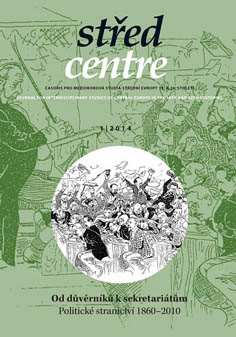Slovakia and Hungary: two different cases of party system change and persistence after 2000
Slovakia and Hungary: two different cases of party system change and persistence after 2000
Author(s): Jiří KoubekSubject(s): Politics / Political Sciences
Published by: AV ČR - Akademie věd České republiky - Masarykův ústav
Keywords: party system; elections; Slovakia; Hungary; fragmentation; electoral system; personalization; personification
Summary/Abstract: The early months of 2014 have been marked with two important elections in two of the Visegrad Four (V4) countries. Both have been first order elections with very high stakes. Slovak presidential election was to be a test of Robert Fico’s risky maneuver, his attempt to capture the presidential office from amidst his PM mandate. Hungarian legislative election was to decide whether Viktor Orban’s unprecedented 2010 triumph would be reaffirmed or not. One of these elections has been characterized by astonishing result continuity (in comparison to the previous election), while the other one by a fundamental change. Contraintuitively, however, this article aims to show that it is Hungary, the country displaying election outcome stability, which has actually been undergoing a party system change. And, conversely, in case of Slovakia, the country with a seemingly discontinuous election outcome, it would be at least premature to envisage a fundamental party system change. This article goes beyond a narrow 2014 comparison of two single electoral events where, moreover, two different types of elections took place. It sets the current stories into context, i.e., analyzes both party systems, compares their differing logics and offers some tentative explanations for their divergent dynamics of development.
Journal: Střed. Časopis pro mezioborová studia Střední Evropy 19. a 20. století
- Issue Year: 6/2014
- Issue No: 1
- Page Range: 127-168
- Page Count: 42
- Language: English

